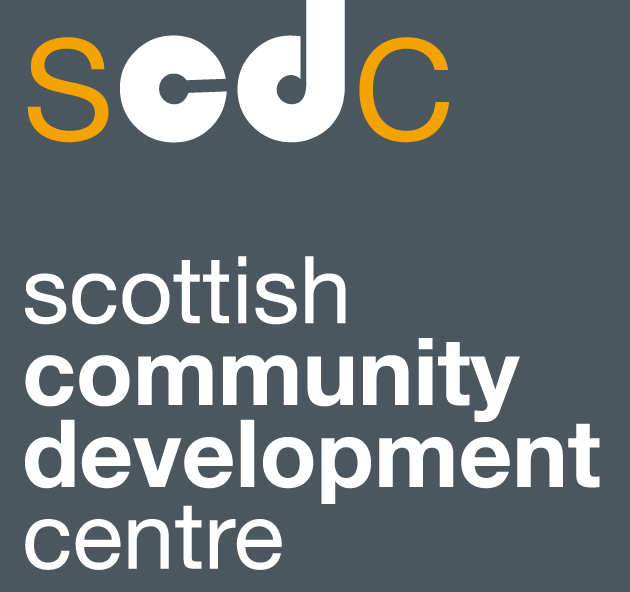Decision day
/A guide to participation request decision notices
So, you’ve filled in the form and sent your participation request to the relevant contact. What can you expect next?
This short guide introduces you to what it means to have your request validated, agreed to or rejected, as well as what steps to take in each case.
Validation
Before making any decision about whether or not to agree to your participation request, a pubic body first has to validate your form. Once the public body has received your form and they are happy it is correctly filled in they must let you know.
If there are any reasons the public body cannot accept the form they must let you know so you can make any changes. The validation date is the date on which the correctly filled-in participation request and any other required information was received.
There could be a bit of a delay here if the public body cannot accept your participation request for any reason, especially if they take a while to let you know. However, it could come in handy to know that if they don’t require anything else, then the validation date is the date the public body received your request, and not the date they let you know they have received it!
The decision notice
Once the request is validated, the public body must decide whether to agree to or refuse your participation request within a set time. They must let you know by giving you a ‘decision notice’ within 30 working days. If your request is to more than one public body, the public bodies have 45 working days to let you know.
If the request is agreed to
If the public body agrees to your participation request, then the decision notice saying so must describe what the outcome improvement process will be and how you will be involved. The outcome improvement process is the discussions, meetings and other activities which should help to improve the service. There may well be an opportunity to shape this process. To find out how, see our guidance on the outcome improvement process.
If the request is rejected
If the public body rejects your participation request, it’s worth considering the following courses of action:
Submitting a different, improved, request.
You can’t resubmit the same request, but there’s nothing stopping you from making a new one. In particular, see if you can come up with a better outcome. A number of participation requests have been rejected on the basis that an engagement exercise has already been conducted and/or a decision has already been made. It’s easier for the public body to say this if your participation request has asked for something specific, such as a new bus service or wheelchair access to a building.
By stating a broader, longer-term outcome, such as improved health and wellbeing or more equal access to services, it is harder for the public body to refuse your request. Of course, this means that any resulting discussion will consider a range of alternatives to improving the outcome. It could be that the specific change you had in mind in your original request is not seen as the best option in the end.
To learn more about this, read our guide to outcomes.
Asking for support
Participation requests were created to encourage more, and better, collaborative working between public bodies and communities. Therefore, when a public body rejects a participation request for a good reason, they should think of a way to work together that overcomes the reason they had to reject the request. They should approach you to find out what your concerns are and whether or not you seek to achieve the same outcomes as they do – which is normally the case.
Unfortunately, many public bodies who have rejected participation requests have not offered this type of follow up support. But it may be helpful for you to let them know you want to work collaboratively, and also to remind them that the Community Empowerment (Scotland) Act requires them to provide support to community groups who want to make participation requests.
See our guide to approaching public bodies for more on this.
Take a different course of action
Participation requests are only one approach you can take to influencing public services, and there may be something else your group can do that is just as effective, or possibly more effective.
Our guide to approaching public bodies lists some alternative options which may be available.
A note on appeals
At the time of writing, there is no appeals mechanism for participation requests that would enable you to appeal a decision to refuse your participation request.
However, in 2021 the Scottish Parliament’s Local Government and Communities Committee recommended that the Scottish Government introduces an appeals mechanism.
SCDC is currently working with a range of people with different experiences of participation requests in order to explore how one might work.
Visit our website to see the latest news on this.
What’s next?
Once your participation request is agreed to, you will be invited to take part in a discussion about how to improve the outcome you wrote in your request. To find out more, see our resources on the outcome improvement process.


